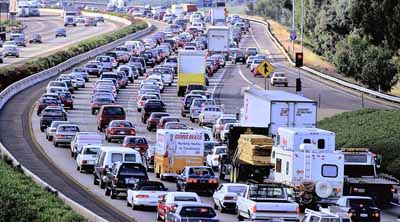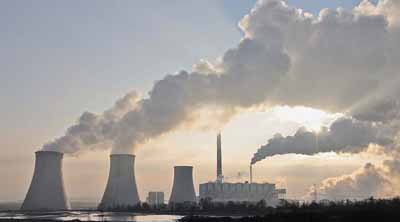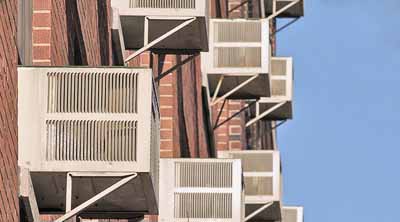CARBON STOCKS
Consultants
Woodall, C.W.; Domke, G.M. U.S. Forest Service, Northern Research Station.
General Reference
Birdsey, R.; Pregitzer, K.; Lucier, A. 2006. Forest carbon management in the United States: 1600–2100. Journal of Environmental Quality. 35: 1461–1469.
US EPA. 2011. Inventory of U.S. greenhouse gas emissions and sinks: 1990-2009. Chapter 7. Land use, land-use change, and forestry. Annex 3.12. Methodology for estimating net carbon stock changes in forest land remaining forest lands. Washington, DC: U.S. Environmental Protection Agency. #430-R-11-005.
Pan, Y.; Birdsey, R.A.; Fang, J.; Houghton, R.; Kauppi, P.E.; Kurz, W.A.; Phillips, O.L.; Shvidenko, A.; Lweis, S.L.; Canadell, J.G.; Ciais, P.; Jackson, R.B.; Pacala, S.W.; McGuire, A.D.; Piao, S.; Rautiainen, A.; Sitch, S.; Hayes, D. 2011. A large and persistent carbon sink in the world’s forests. Science. 333: 988-993.
Woodall, C.W.; Skog, K.; Smith, J.E.; Perry, C.H. 2011. Criterion 5: Climate change and global carbon cycles. In: Robertson, G.; Gaulke, P.; McWilliams, R.; LaPLante, S.; Guldin, R., eds. National report on sustainable forests–2010. FS-979. Washington DC: U.S. Department of Agriculture, Forest Service.
Maps
Wilson, B.T.; Woodall, C.W.; Griffith, D.M. 2013. Imputing forest carbon stock estimates from inventory plots to a nationally continuous coverage. Carbon Balance and Management. 8:1. doi:10.1186/1750-0680-8-1.
Photographs
Vehicle emissions: Fuse, ThinkStock by gettyimages.com
Electrical power generation: Daniel Oertelt, ThinkStock by gettyimages.com
Air conditioning: Kathryn Neville, ThinkStock by gettyimages.com
Aboveground live carbon: Miguel Vieria, Wickimedia.org
Deadwood and litter carbon: VibeImages, ThinkStock by gettyimages.com
Deadwood and litter carbon: VibeImages, ThinkStock by gettyimages.com





